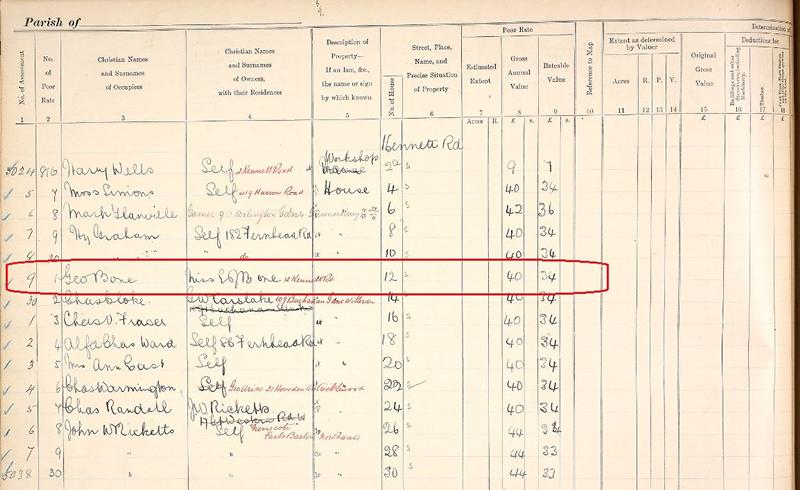More than 355 Sq Miles of additional Lloyd George Domesday records released
TheGenealogist has once again expanded its Landowner and Occupier Collection with the release of over 134,000 new Lloyd George Domesday land tax records. This latest addition covers more than 355 square miles of Hertfordshire and Bedfordshire, including areas around Watford, St Albans, and Hemel Hempstead, and extending up to Luton, Dunstable, and Toddington. The records provide a fascinating insight into the lives of our ancestors, enabling researchers to uncover the owners and occupiers of properties between 1910 and 1915, as well as details about the size, state of repair, and value of their homes.
The Corn Exchange, Luton
The scanned field book pages (IR58) have been meticulously linked to large scale Ordnance Survey maps from the time and are fully searchable by a person's name, county, parish, and street. TheGenealogist's powerful Map Explorer™ tool provides an easy way to switch between georeferenced modern and historical maps, allowing researchers to explore the area and see how it has changed over time.
- Individual property details can be found in these IR58 1910 Valuation Office records
- Fully searchable records by a person’s name, county, parish and street
- Survey books are linked to large scale maps used in 1910-1915 and viewable on the powerful Map Explorer™
- The historic OS maps locate individual plots georeferenced to a modern street map or satellite map underlay
Area covered by this release of Lloyd George Domesday Records
Included in this release are the IR58 property records for the following areas:
Abbots Langley, Aldbury, Aldenham, Barton, Berkhamsted Rural, Berkhamsted Urban, Billington, Bovingdon, Bushey and Oxhey, Caddington, Chalgrave, Dunstable, Eaton Bray, Eggington, Flamstead, Flaunden, Great Gaddesden, Harpenden, Heath and Reach, Hemel Hempstead, Houghton Regis, Hyde, Kensworth, Kings Langley, Leighton Buzzard, Linslade and Soulbury, Little Gaddesden, Luton, Markyate, Nettleden, Northchurch, Puttenham (Tring Rural), Puttenham (Tring Urban), Redbourn, Rickmansworth and Chorleywood, Ridge, Sarratt, St. Albans, St. Michael, Stanbridge, Streatley, Studham, Sundon, Tilsworth, Toddington, Totternhoe, Tring Urban, Tring Urban (Tring Rural), Watford and Wigginton.
Read TheGenealogist’s article: The “seeds” of the Ryder Cup in Land records for Hertfordshire and Bedfordshire
About TheGenealogist
TheGenealogist is an award-winning online family history website, who put a wealth of information at the fingertips of family historians. Their approach is to bring hard to use physical records to life online with easy to use interfaces such as their Tithe and newly released Lloyd George Domesday collections.
TheGenealogist’s innovative SmartSearch technology links records together to help you find your ancestors more easily. TheGenealogist is one of the leading providers of online family history records. Along with the standard Birth, Marriage, Death and Census records, they also have significant collections of Parish and Nonconformist records, PCC Will Records, Irish Records, Military records, Occupations, Newspaper record collections amongst many others.
TheGenealogist uses the latest technology to help you bring your family history to life. Use TheGenealogist to find your ancestors today!

